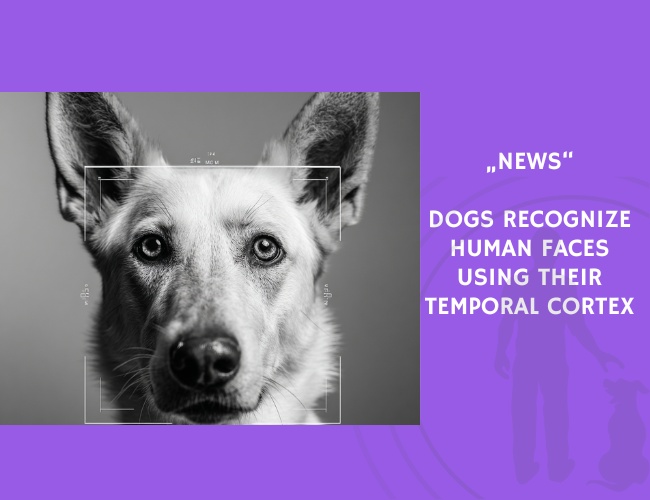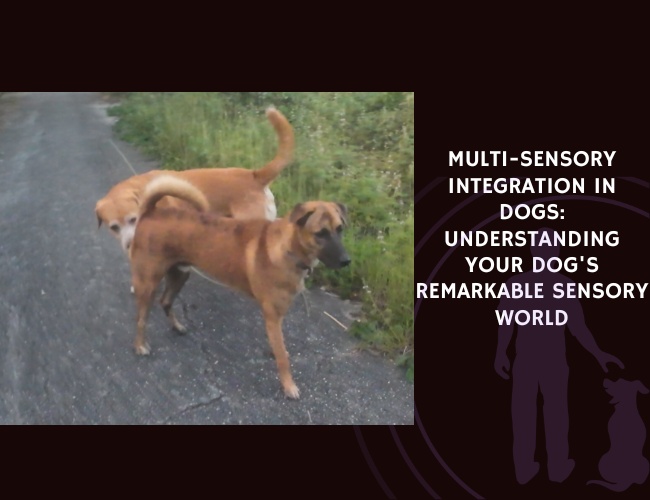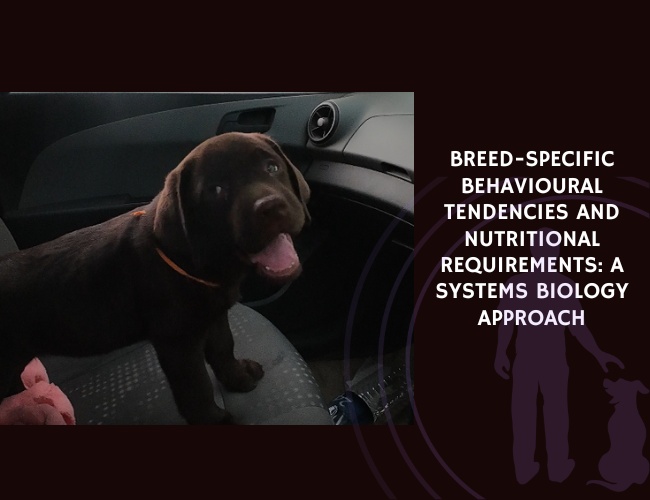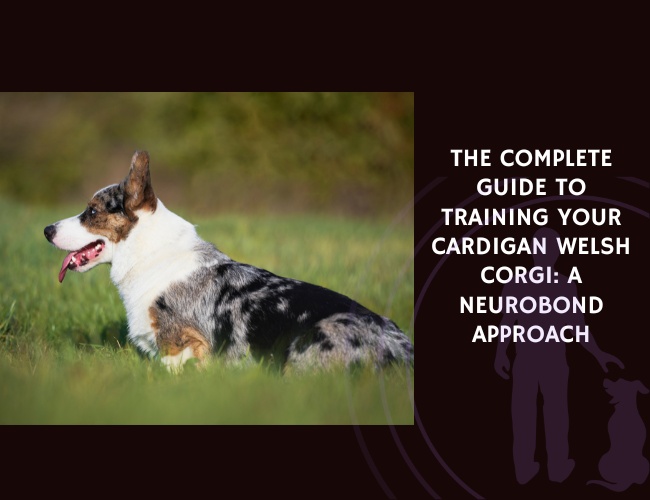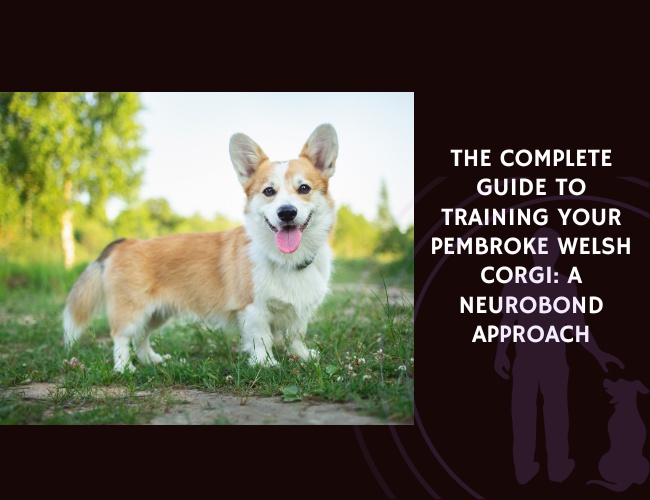A 2016 study by Laura V. Cuaya and colleagues offers the first direct evidence of how dogs’ brains respond to human faces. Using functional magnetic resonance imaging (fMRI), the researchers trained seven domestic dogs to remain awake, still, and unrestrained inside the scanner. The aim was to determine whether dogs have specific brain regions activated by visual cues of human faces—similar to mechanisms in humans and other social animals.
The experiment used a block design paradigm, presenting the dogs with images of human faces and comparing brain activity to images of everyday objects. The results showed a distinct increase in activation in the bilateral temporal cortex when dogs viewed faces. Notably, this brain region is part of the ventral visual pathway, which is associated with object and face recognition in other species, including primates and sheep.
In contrast, when dogs viewed non-social stimuli (objects), there was no significant change in brain activity, underscoring the social relevance of human faces in the canine brain. These findings strongly suggest that dogs have evolved specific neural mechanisms to process faces, supporting their unique capacity to engage in interspecies social cognition.
The study proposes the temporal cortex as a candidate region for processing human faces in dogs. This is particularly meaningful because face processing is essential for recognizing individuals and interpreting emotional cues—critical skills in the dog–human bond. The evolutionary conservation of this face-processing network across species implies a shared ancestral mechanism for social recognition.
This research not only deepens our understanding of how dogs interpret visual social cues but also reinforces their exceptional adaptation to living closely with humans. It affirms the biological roots of the dog–human relationship and may inform better training and welfare practices that align with how dogs perceive us.
Source: Laura V. Cuaya, Raúl Hernández-Pérez, and Luis Concha. 2016-03-02. “Our Faces in the Dog’s Brain: Functional Imaging Reveals Temporal Cortex Activation during Perception of Human Faces.” PLoS ONE, 11. https://doi.org/10.1371/journal.pone.0149431

